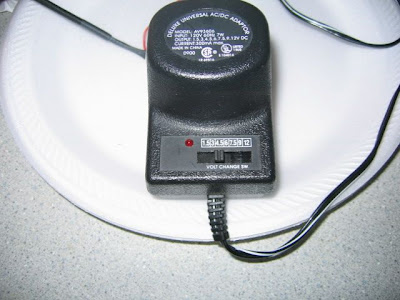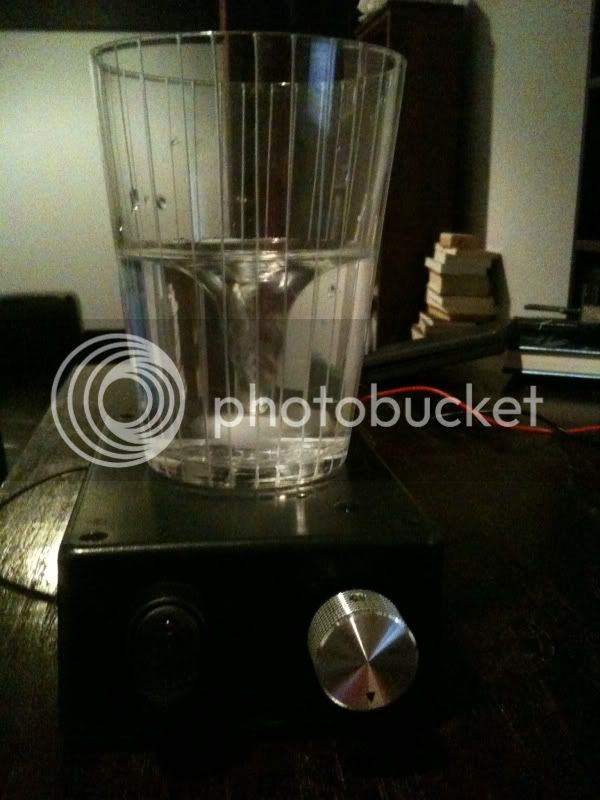I'm building a stir plate. I used a hd magnet and an 80mm fan, but it just tosses my stir bar around without spinning it. I think it's because the fan spins too fast. I have it hooked up to a potentiometer, but although it's a 12v dc fan, the only power supply I have around is a 5v AC.
Am I correct that this puts out more power than a DC transformer? Any solution other than to buy a 6v dc power source?
I heard someone mention using a dimmer switch. Would that work with such low voltage?
Thanks for the advice, guys. Stir plate is turning out to be a bit of an adventure.
Am I correct that this puts out more power than a DC transformer? Any solution other than to buy a 6v dc power source?
I heard someone mention using a dimmer switch. Would that work with such low voltage?
Thanks for the advice, guys. Stir plate is turning out to be a bit of an adventure.









